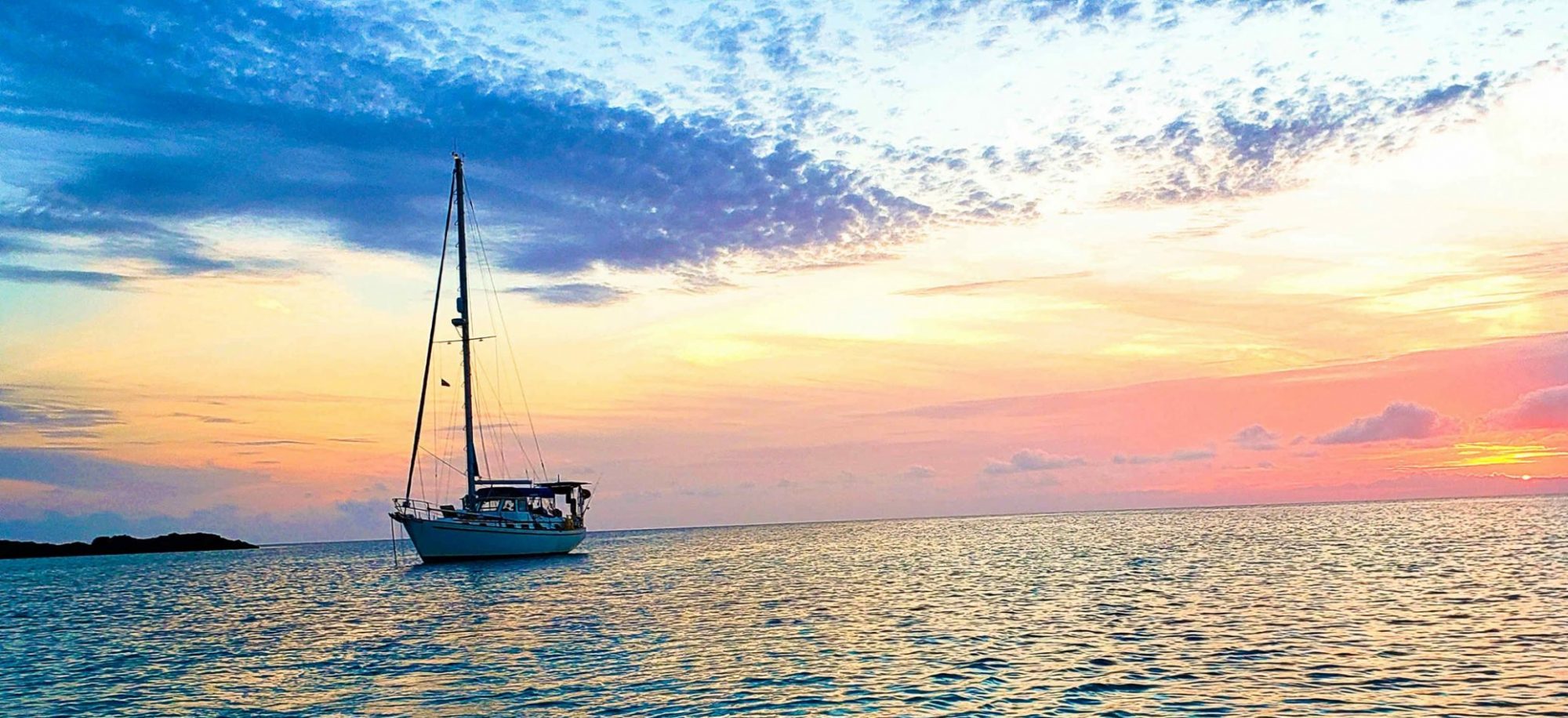The other day I got to the boat and found my batteries drained. Well not completely but deeply discharged. The solar panel was hooked up, but it looks like the charge controller wasn’t working. I guess its possible that the batteries discharged through the defective charge controller. I’ll attempt to figure that out at a later time.
Now I used to have a motor with an alternator. I should say, I have a motor with an alternator, but it is not the one on my boat. Instead, it rests in the garage waiting for me to get to rebuilding the carb. Its on the list, so is everything else and I have a perfectly functioning 8 hp 4 stroke kicker in place, so why rush? Without the alternator I rely exclusively on solar to keep the 2 battery bank up to the appropriate charge level. Periodically, I put them in the truck to charge them at hope with a battery charger. But I don’t have a 12 volt charger on board, although I have access to shore power. What this means is that I am now installing a battery charger, or want to.
As I thought about doing this, I began thinking that I really don’t know the overall state of the AC wiring on the boat. Or most of the DC wiring for that matter. So I have decided to tear out what is there and install new marine wiring. The only wiring that I know is up to standard is that of the bilge pump that I installed. Everything else exists from previous owner(s).
Most of the wiring looks like it is 16 gauge (AWG). This seems somewhat small, especially for the wire carrying power to the top of the mast. For most of the cable runs, it appears that for the theoretical current delivered I should have at least 14 gauge, so that is what I will install., as I go through the process I will post what I do, with pictures.
Stay tuned.
